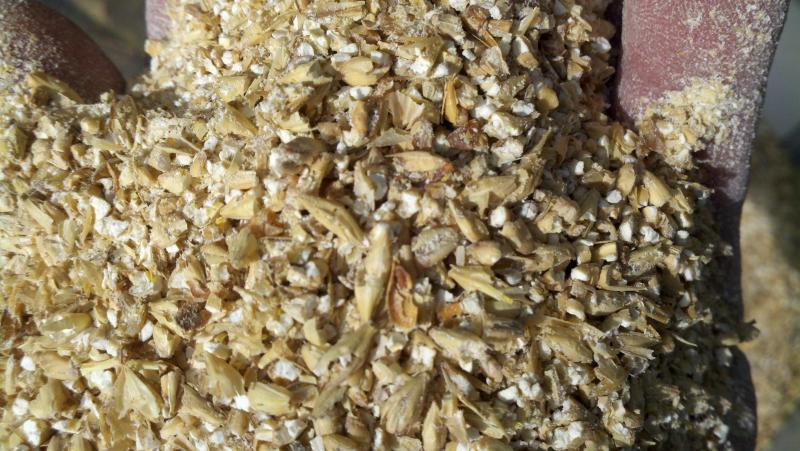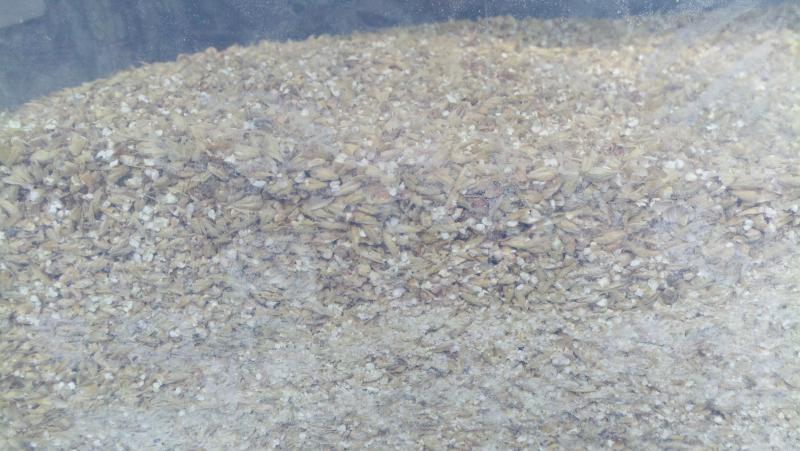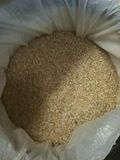Esmitee
Well-Known Member
Hey guys, Just used my MM-2 mill for the 1 st time. I left it set @ .045, as came and suggested by the MFG.
Tried to take as "REAL" pics as I could. I read that the gap can be as tight as .036-7 . Im thinking my crush has a lot of powder? Oh maybe it's just right?
What do you Experts think?

I have in here:
7 Lbs Pale Ale 2 row
3/4 Lb Cara/Pils
1/2 Lb C-20
1/2 Lb Vienna
I was told by LHBS The Cara/Pils is a very HARD grain, Mix it with other grain to crush.?




Tried to take as "REAL" pics as I could. I read that the gap can be as tight as .036-7 . Im thinking my crush has a lot of powder? Oh maybe it's just right?
What do you Experts think?

I have in here:
7 Lbs Pale Ale 2 row
3/4 Lb Cara/Pils
1/2 Lb C-20
1/2 Lb Vienna
I was told by LHBS The Cara/Pils is a very HARD grain, Mix it with other grain to crush.?







